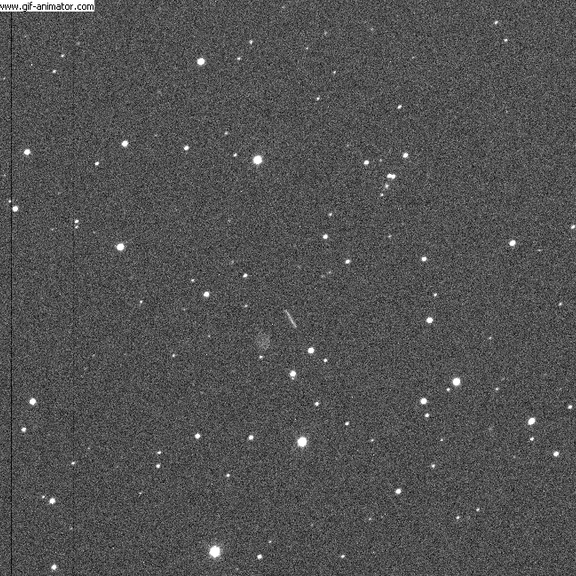All
All
Stories, updates, insights, and original analysis from The Planetary Society.
The Discovery of a Planet, Part 4: Clyde's Search
Since his teenage years Clyde Tombaugh had been an avid amateur astronomer and a gifted telescope builder. Based on instructions contained in an article from a boy’s Sunday school paper, he built a series of telescopes of increasing power and quality on the family farm.
The Discovery of a Planet, Part 3: Planet X
The discovery of Neptune accounted for nearly all the unexplained motions of the outer planets of the Solar System. Nevertheless, several astronomers insisted that some unexplained residual motions remained, pointing to the presence of a ninth planet beyond the orbit of Neptune.
The Discovery of a Planet, Part 2: Out of the Six-Planet World
Since humans first set their eyes to the stars, they noticed that a few of these bright objects behaved differently from the others. Whereas all the stars moved together, revolving around the Earth once every 24 hours, five appeared to move within the firmament among the other stars. Accordingly, they were named “planets,” meaning “wanderers” in Greek.
The Discovery of a Planet, Part 1: The Blinking Image
February 18, 1930, was a cloudy day at the Lowell Observatory, on top of Mars Hill in Flagstaff, Arizona. 22 year old Clyde Tombaugh was hard at work, peering through the lens of an ancient-looking brass-colored device. The instrument, known as a “blink comparator,” mounted two large photographic plates.
Close Your Left Eye, Then Your Right: Simultaneous Observations of Asteroid 4179 Toutatis from Two Chilean Telescopes Demonstrate Parallax
This morning, asteroid 4179 Toutatis was so close to Earth that simultaneous observations from two telescopes in the same country could show parallax that is obvious even to the least experienced observer. The two telescopes belong to The European Southern Observatory and are located at La Silla and Paranal in Chile
Very Close Approach by Asteroid 4179 Toutatis: It's Not a Crisis, It's an Opportunity
On Wednesday, September 29, Earth will dodge a cannonball: the Near-Earth Asteroid known as 4179 Toutatis will buzz by at a distance only four times the distance from the Earth to the Moon -- about one and a half million kilometers, or about a million miles. But, as the wisdom goes,
Updates from Past Recipients of the Shoemaker NEO Grants (16 April 2004)
2003 was a good year with 50,779 asteroid astrometric observations submitted, including known NEOs and the discovery of a new Aten-class object, 2003 UY12. Based upon the volume of astrometric observations submitted, observatory code 683 was the world's eighth most productive asteroid astrometry station.
Updates from Past Recipients of the Shoemaker NEO Grants (20 March 2001)
I just wanted to express my appreciation again to The Planetary Society for the Shoemaker Grant. Apogee Instruments delivered the AP6Ep purchased with the grant on 9 March 2001. Critical mass on all of the other components associated with implementing the proposal was reached last week.


 Explore Worlds
Explore Worlds Find Life
Find Life Defend Earth
Defend Earth


 Sun
Sun Mercury
Mercury Venus
Venus Earth
Earth Mars
Mars Jupiter
Jupiter Saturn
Saturn Uranus
Uranus Neptune
Neptune Small Bodies
Small Bodies



